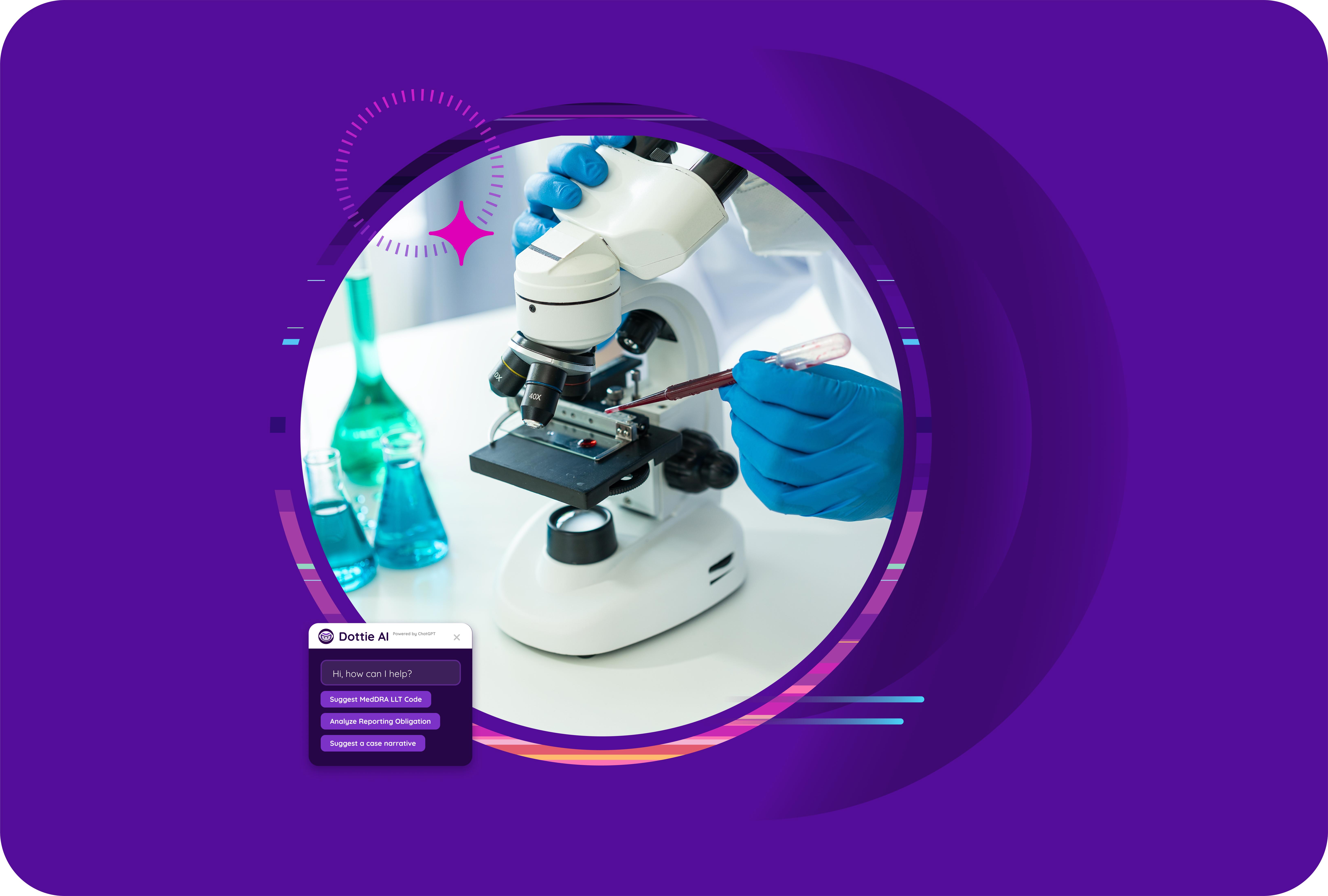
The medical device industry balances innovation with patient safety. At the center of ensuring the reliability and effectiveness of these devices is ISO 13485, a globally recognized standard for quality management systems (QMS).
This standard provides the framework for medical device manufacturers to implement and maintain processes that prioritize patient safety and product quality.
Let’s consider how the ISO 13485 standard impacts the quality and safety of medical devices.
The Foundation of Safety and Quality
ISO 13485 serves as the foundation for establishing a culture of quality within medical device organizations. By adhering to its principles, manufacturers can:
Prioritize Patient Safety: A primary focus of ISO 13485 is patient safety. The standard mandates a comprehensive risk management process to identify, assess, and mitigate potential hazards throughout the device lifecycle. From design and development to production and post-market surveillance, patient safety remains at the forefront. By adhering to these requirements, manufacturers can significantly reduce the risk of adverse events.
Enhance Product Quality: ISO 13485 emphasizes consistent product quality. Through defined requirements for design, production, and distribution, the standard ensures that medical devices meet intended use, performance, and safety specifications. This focus on quality not only satisfies regulatory requirements but also enhances patient satisfaction and builds trust.
Improve Efficiency: Implementing an ISO 13485-based QMS can streamline operations and reduce waste. By optimizing processes and eliminating inefficiencies, manufacturers can achieve cost savings and accelerate time-to-market for new products. Additionally, a well-structured QMS can improve resource utilization and enhance overall organizational performance.
Build Trust: ISO 13485 certification demonstrates a strong commitment to quality and patient safety. By adhering to the standard, manufacturers can build trust with healthcare providers, patients, and regulatory authorities. This can lead to increased market share, stronger customer relationships, and a positive brand reputation.
Real-World Examples of ISO 13485 Impact
Below are just a few examples of the impact of ISO 13485 compliance:
Recall Reduction: By implementing robust quality controls and risk management processes, manufacturers can proactively identify and address potential issues. This reduces the likelihood of product recalls, safeguarding patient safety and protecting brand reputation. Early detection of anomalies through processes like Failure Mode and Effects Analysis (FMEA) and Statistical Process Control (SPC) can prevent costly and time-consuming recalls.
Improved Patient Outcomes: ISO 13485’s emphasis on product quality and patient safety directly impacts patient outcomes. By ensuring devices function as intended, manufacturers contribute to better patient care and treatment efficacy. For instance, accurate and reliable medical devices can improve diagnosis and treatment plans, leading to better patient outcomes.
Faster Market Access: A well-structured eQMS can expedite the regulatory approval process, which translates to faster product development and time-to-market. By demonstrating a robust quality management system, manufacturers can expedite regulatory approval processes, allowing life-saving innovations to reach patients sooner.
Risk Mitigation: Proactive risk identification and management are core to ISO 13485. By systematically assessing and mitigating potential risks, manufacturers protect patients from harm and avoid costly legal and reputational consequences. This includes implementing measures to address supply chain risks, cybersecurity threats, and adverse event reporting.
ISO 13485: Key Takeaways
ISO 13485 provides a framework for medical device quality systems. This standard centers on patient safety, product quality, and regulatory compliance. Ultimately, ISO 13485 supports delivery of safe and effective medical devices.
Compliance with ISO 13485 mitigates risks, enhances product reliability, and streamlines operations. This standard serves as a benchmark for industry excellence, demonstrating a commitment to patient care.
Download your free ISO 13485 audit checklist today and take the first step towards achieving and maintaining compliance.


